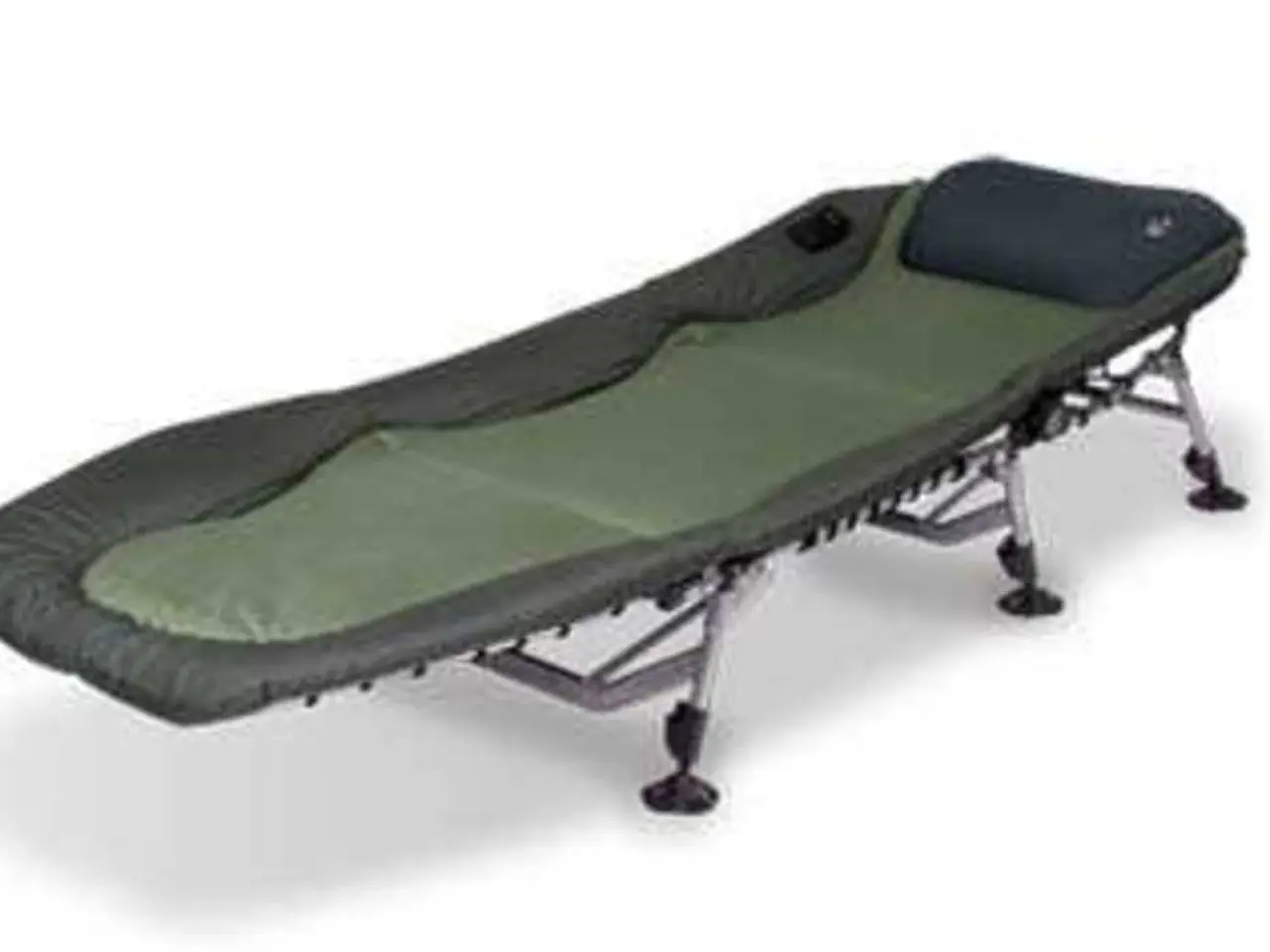Experiencing pain in the testicular area? Here's what testicular torsion might be like.
In a nutshell, testicular torsion is a medical emergency that can occur at any age, but its presentation can vary significantly among infants, children, adolescents, and adults.
1. Infants (Neonates)
Testicular torsion in newborns can be more challenging to diagnose, as it may present as a firm, non-tender scrotal mass rather than sudden, severe pain. Infants cannot verbalize pain, so signs may include swelling, discoloration, or firmness of the scrotum, and irritability or inconsolable crying may indicate discomfort. Neonatal torsion may sometimes be identified during routine newborn exams or when parents notice scrotal swelling or discoloration.
2. Children (Older Infants to Pre-Adolescents)
Children over infancy usually present with sudden onset of unilateral scrotal pain, often severe and sharp. This pain is commonly accompanied by scrotal swelling, redness, and tenderness, similar to adults. Nausea and vomiting frequently accompany the sudden pain in children as well. Children may also show a high-riding testis or abnormal position of the affected testicle, often with absence of the cremasteric reflex, similar to adults.
3. Adolescents and Adults
The classic presentation in adolescents and adults is sudden, severe unilateral testicular pain, often radiating to the lower abdomen, with nausea and vomiting. Physical exam reveals an elevated and transversely oriented testis, scrotal swelling, and absence of the cremasteric reflex. Adults typically can clearly report the character, intensity, and onset of pain, while younger children may have more variable presentations due to limited communication.
Key Differences
| Age Group | Pain Characteristics | Associated Signs | Ability to Report Symptoms | |---------------|-------------------------------------|-------------------------------|-----------------------------------| | Neonates | Often no overt pain complaints; may have swelling, discoloration, or firmness | Scrotal swelling and discoloration; possible irritability | Cannot verbalize; signs are observational | | Children | Sudden severe unilateral scrotal pain; may have intermittent or stabbing pain | Swelling, redness, tenderness, nausea/vomiting, altered testis position | Verbalize pain, but may vary with age | | Adolescents/Adults | Sudden severe, unilateral testicular pain with radiating lower abdominal pain | Scrotal swelling, tenderness, high-riding testis, absent cremasteric reflex; nausea/vomiting | Clear and detailed pain reports |
Prompt recognition and treatment within six hours are critical across all age groups to avoid loss of the testis. The classic symptoms of testicular torsion are: sudden, intense, and persistent pain on one side of the scrotum and one testicle, nausea and vomiting, lower abdominal pain, swelling in the testicle, tenderness, changes in the color of the scrotum, such as red or dark skin, and difficulty walking. Testicular torsion is a medical emergency, and anyone experiencing symptoms needs immediate medical attention. Doctors can usually save the person's testicle if they perform surgery within 6 hours, but the likelihood drops dramatically the longer the delay.
Most people recover fully from surgery and can resume their usual activities within a few weeks. During surgery, doctors unravel the twisted spermatic cord and sew it in place. They may also add stitches to the other testicle if the person has a bell clapper deformity.
7. Ulcerative Disease and Other Medical-conditions
Testicular torsion can occur concurrently with other medical conditions such as ulcerative colitis, Crohn's disease, HIV, diabetes, atopic dermatitis, and sometimes with predictive symptoms. In some cases, these conditions may share similar symptoms, making diagnosis difficult. For instance, ulcerative colitis may present with abdominal pain, diarrhea, and weight loss, while atopic dermatitis can flare up with rash and skin irritation.
8. Depression and Anxiety
Men dealing with testicular torsion may also experience mood disturbances such as depression and anxiety. The pain, uncertainty, and potential consequences can lead to feelings of sadness, worry, and fear. It is essential to address these psychological aspects to support the overall health and wellness of the individual.
9. Ankylosing Spondylitis and Macular Degeneration
Interestingly, some research suggests a possible connection between testicular torsion and other medical conditions, such as ankylosing spondylitis and age-related macular degeneration. The underlying cause remains unclear, but it is essential to acknowledge this link for comprehensive medical care.
10. AQ and Prep
In the realm of men's health and wellness, it is crucial to understand the risks associated with certain medical-conditions and sexual practices. For instance, pre-exposure prophylaxis (PrEP) can help prevent HIV transmission, while addressing autoimmune disorders like aneurysm-inducing vasculitis (AQ) is vital for long-term health.
11. Science and Research
Science and medical research play a pivotal role in advancing our understanding of testicular torsion and its related complications, such as infertility and testicular atrophy. Continued investigation into the disease's causes, treatments, and long-term effects will contribute to better outcomes and improved quality of life for affected individuals.




